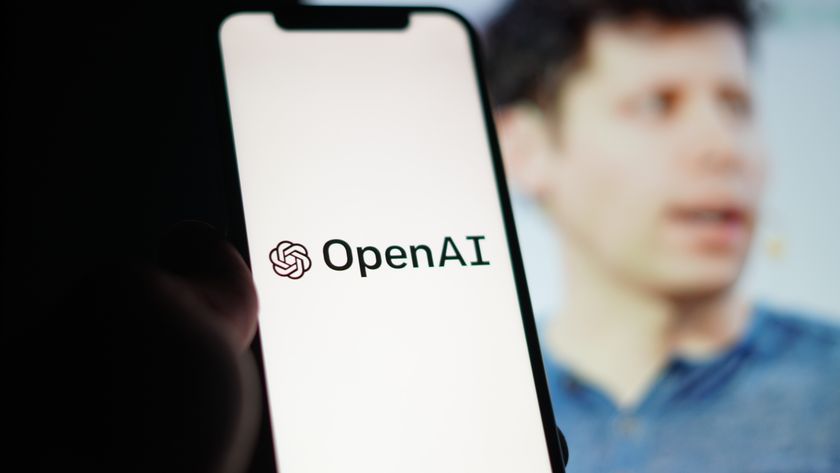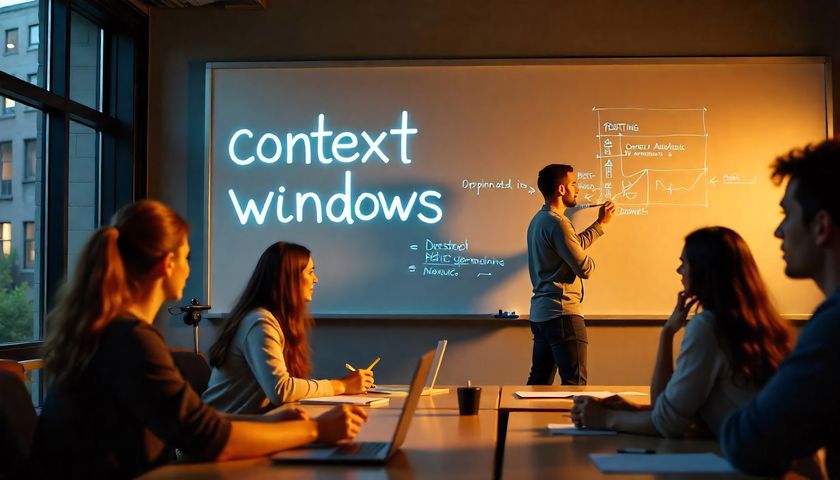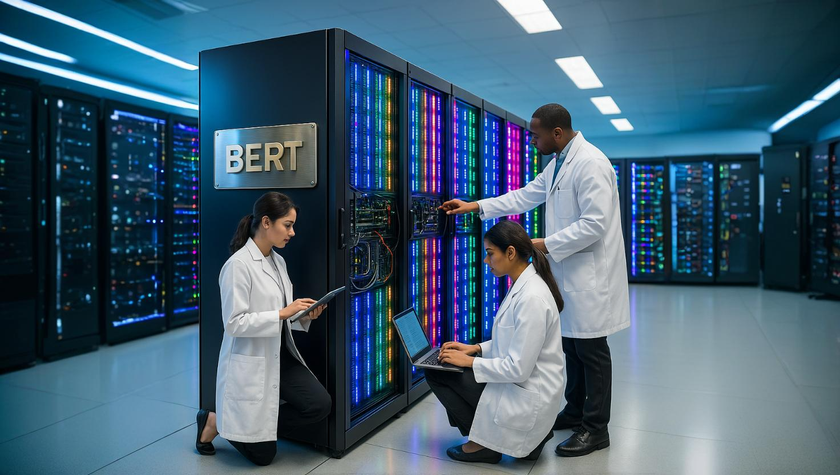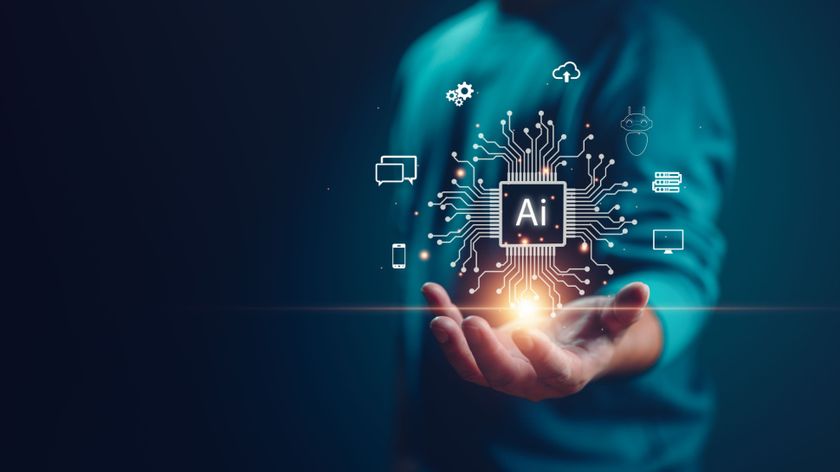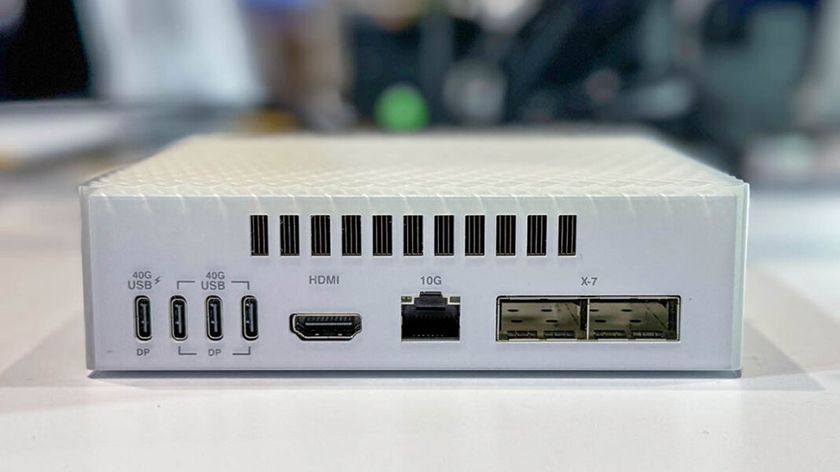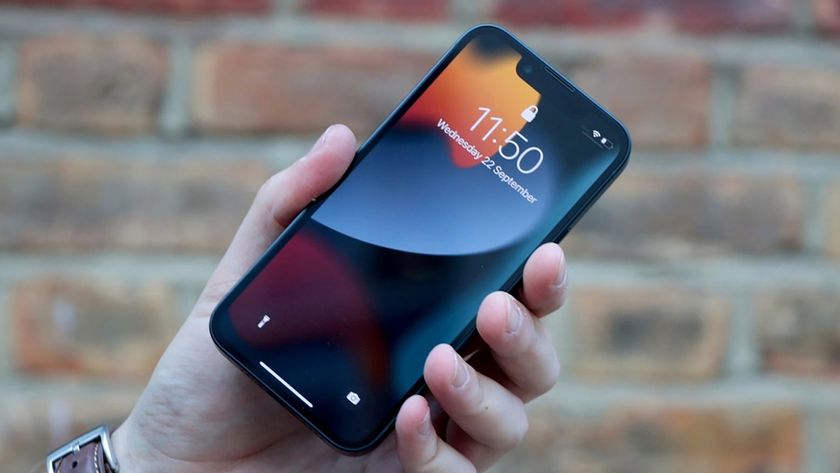How smart tech is improving our human relationships
Samsung Towards a Smarter Society report: Part 5
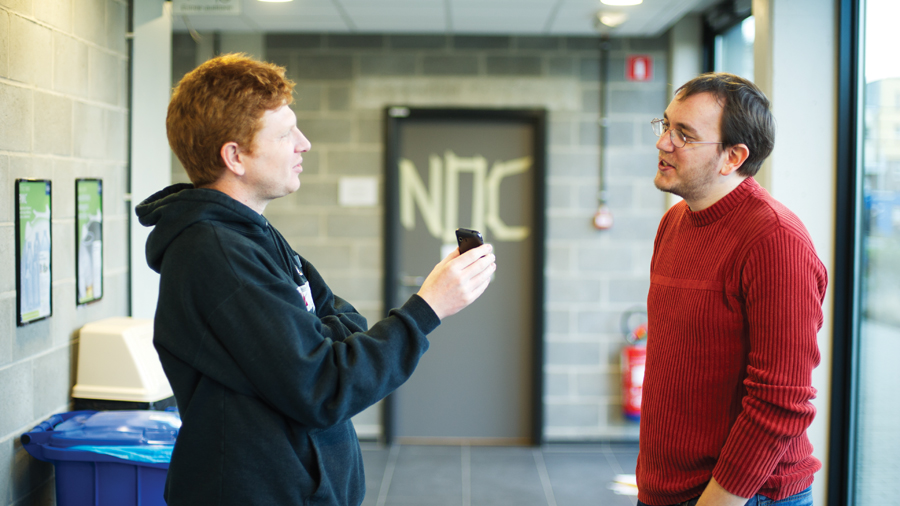
Smart is enabling new ways for us to relate to each other. Relationships are at the heart of the notion of smart society, and digital technologies appear to be changing the ways we relate to each other.
Whether it is about the way we connect with each other, the spatial and temporal dimensions of our communication, the breadth and depth of our connections, or the meanings that are conveyed and experience shared, the use of new connected technologies and networks changes the dynamics of our relationships through the following five levers[1]:
1. Directness
We can see and interact with each other more directly in real time as a result of digital technologies that enable real-time visuals such as video conversations via smartphones or conferencing devices.
Richer, non-verbal cues detectable in face-to-face contact enable candid and quick exchange of ideas, and minimise the possibility of messages getting lost in interpretation or being wrongly decoded, thus avoiding future misunderstandings.
For example, Corning, the manufacturer of glass and ceramics, discovered that 80% of their innovative ideas came from face-to-face contact, and that the engineers were only willing to walk a maximum of 100 feet from their desks to talk to somebody else.[2]
2. Continuity
Digital technologies also allow for continuous and more regular interactions, particularly when it is neither possible nor desirable to meet in person, or when we are geographically dispersed. Think about still being able to call home to wish mum happy birthday when one is unable to get home due to work commitments, or to hold routine weekly catch-ups with a client based in another region, or enable our GP to monitor our condition without us stepping into the surgery.
The increased continuity in interactions that communication technology promotes can be instrumental in strengthening family bonds, as a study shows that three quarters of teenagers feel having a mobile phone makes them closer to their parents.[3]
Are you a pro? Subscribe to our newsletter
Sign up to the TechRadar Pro newsletter to get all the top news, opinion, features and guidance your business needs to succeed!
3. Multiplexity
Increased directness and continuity in relationships often lead to higher levels of multiplexity, that is having deeper knowledge of others and wider understanding of situational contexts in relationships.
Because of the health devices we choose to use, our GPs are able to monitor our health conditions more closely and regularly. This makes it possible for healthcare professionals to better understand our health history and lifestyles, and re-purpose the relationship towards a deeper discussion focusing on potential interventions, management of conditions and education.
The wise and prudent use of social media, for example, allows us to regularly keep loved ones and friends informed of each other's activities or whereabouts.
Teachers at all levels are also able to use increasingly sophisticated student performance data, new communication platforms and advanced digital tools to better connect with their students. Smart sensors and connected devices, plus smart systems that enable automatic performance logging and data reporting, cut out paperwork and bureaucracy, thus freeing up time for teachers to interact with pupils and to build a stronger relationship and understanding.
4. Parity
Digital technologies are a leveller – they enable all sections of society to engage with each other on equal footing. Digital technologies in personal banking are changing the relationship we have with our banks. We are moving towards a culture of DIY in banking where we can take more control.
5. Commonality
We are increasingly able to focus our relationships on striving towards common goals when there is shared purpose in our relationships. In the workplace our managers have increasingly large amounts of information about our performance which can be used to better support development.
The use of technology within teams means that individual roles can be more specialised with an improved division of labour among colleagues, or even across our labour market.
- Working on the Towards a Smarter Society report in partnership with Samsung UK, Charles Levy is a Senior Economist at The Work Foundation and David Wong a Researcher at the Big Innovation Centre. Follow the links for Part 1, Part 2 , Part 3, Part 4, Part 6 and Part 7 of the report.
References: [1] This framework draws on the relational proximity model developed by Schulter, M. and Lee, D.J. (1993), The R Factor. [2] Cohen, D. and Prusak, L. (2001), In Good Company: How Social Capital Makes Organizations Work, Boston, MA: Harvard Business School Press. [3] See Vodafone (2014), Digital Parenting, Issue 3

